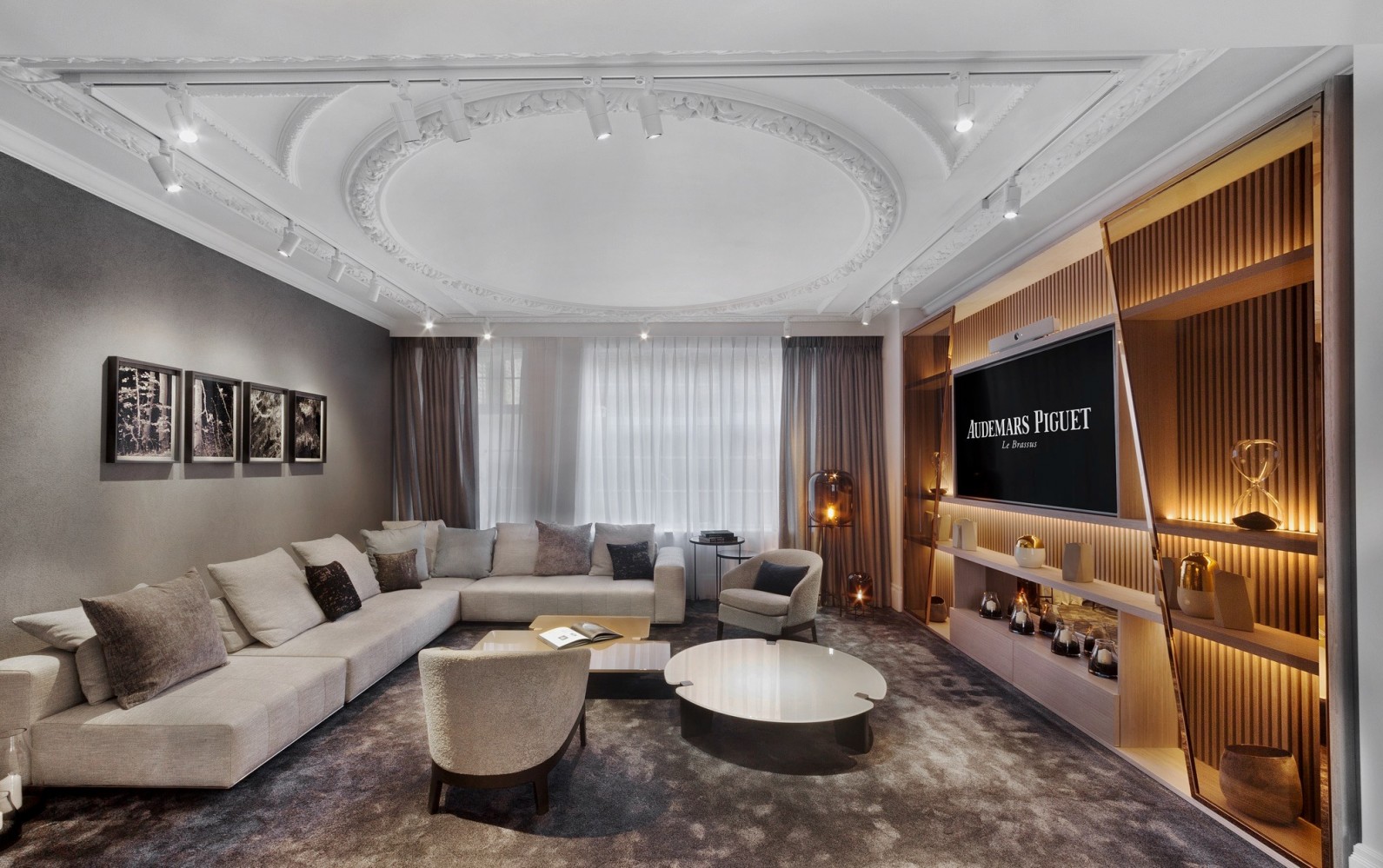
There's an old insider joke about watch brands, 'they're marketing companies that happen to make watches.' Is this a deeply cynical take on the prestigious and precise craft of watchmaking? Yes. Does it also represent a profound truth about the nature of the luxury watch business? Also yes.
You cannot understate the importance of marketing to a luxury brand. Watch brands are in the business of selling something you don't need. As such, there's a huge impetus on them to inspire desire in the hearts of their customers, and watchmakers use a wide range of techniques and strategies to make this happen. The key narrative pillars for practically all brands will be a varying mix of heritage, exclusivity and quality, and every single marketing tool will be telling a version of this story. Everything from the events they choose to sponsor through to the ambassadors they work with and the look and feel of their printed materials aims to communicate these values.

The place where all this comes together is the physical watch store. One of the most important arrows in a watch brand's marketing quiver is visual merchandising. Of course, while online sales and marketing are increasingly important, at the heart of it, a mechanical watch is a profoundly physical, tangible object. Looking at videos of watches, and reading about them online is one thing, but when it comes to exploration and discovery, you can't beat the experience of trying a watch on and learning about it in person.
Visual merchandising, for those not deeply entrenched in the world of retail, is quite a broad category that covers everything from window displays and store design and how the watches are represented to more ephemeral concepts of customer experience and the integration of technology — which covers everything from digital signage and tablet-based tools through to more involved concepts like augmented reality experiences. As as consumer, it can be tempting to dismiss the impact of visual merchandising — many of us like to imagine we are above the impact of marketing, but the mise en scène of watch retail is so effective, that it is commonly referred to as silent selling.

The act of walking into a watch boutique is an act of discovery. The design, layout and decoration of your favourite boutique is the watch brand's best articulation of a fully realised brand world, and just like the real world, it's changing. A traditional watch boutique is a place of moodily lit walls and glass counters, all displaying their glittering prizes, a space clearly designed to showcase a retail good. That dynamic is changing, though. Look at Audermars Piguet AP House, which resembles an elite private members club more than a storefront, or Cartier's historic Paris Temple, which, thanks to a recent remodel, looks more like a private home mixed with a museum than a place of commerce. Of course, that's the point. By investing in these prestigious spaces, filled with bespoke finishes and commissioned artworks, these brands are highlighting not just their exclusivity, but also links them to a broader cultural expression. The fact that Cartier calls its London, Paris and New York flagships 'temples' is apt; the spaces serve as the most perfect expression of the way of Cartier, offering the ideal environment for education, free from distraction. Thanks to the inbuilt event spaces, salons, exhibitions and displays.

Of course, it isn't just luxury powerhouses like Cartier and Audemars Piguet that use this model; another excellent example of visual merchandising as an expression of brand identity and values is MB&F's M.A.D. Galleries, currently in Geneva, Dubai, Taipei and Hong Kong. These spaces live up to their name, offering a curated collection of Mechanical Art Devices (M.A.D.) alongside MB&F's own horological machines. Not only does this express in a very real way the 'And Friends' part of MB&F. This art angle serves as a potent hook for curious newcomers and provides a powerful tool to get existing customers to come back, even if they're not actively looking to buy another watch.
Whether you like it or think it doesn't affect you, don't underestimate the marketing power of visual merchandising in the world of fine timepieces.
How far in advance do you usually book tickets?
- Within 24h Before
- 1-3 Days Before
- 1-3 Weeks Before
- Over a Month Before














